At a Glance
Quick Tips
- Excellent fishing for pan-size trout
- Hundreds of clear lakes and dozens of streams
- Cell phone service is spotty with areas that have no service


The North Slope unit in Utah is known for its rugged terrain and primarily public land, offering a 100% draw odds for hunters with 0 points, which suggests it can sustain hunting pressure well. However, despite its accessibility, the unit shows a low 2017 harvest success rate of 12% and low hunter satisfaction, potentially due to the rough terrain and limited opportunity and quality not aligning with Limited Entry expectations. The area is attractive for hunters seeking early October hunts when bucks are still in bachelor groups, yet it seems to appeal less to nonresidents, possibly due to its challenging conditions. Trophy potential might be in the 140'-160' class, with a buck to doe ratio that is standard for general season hunts, making it a suitable choice for those willing to put in significant effort for an authentic, strenuous hunt.
Located in the northeast part of Utah, this unit has healthy herds of mule deer. The unit borders Wyoming on the north border. Some deer winter in the other states, but typically are in Utah during the hunting seasons.
Mule deer are found throughout the entire unit, but can be spotty on where you find them. This is a general season deer unit with a Limited Entry season. There are still some good bucks harvested every year.
This unit is the North Slope of the High Uintas, the highest mountain range in Utah and the biggest East-West range in the Lower 48. Some peaks are more than 12,000 feet above sea level, and there are a few peaks over 13,000 feet. Some trailheads are more than 10,000 feet high. Timberline is at about 11,000 feet in most areas. Foothills trail off into Wyoming and oversee sagebrush flats that are at elevations of 7,000-7,500 feet.
Most of the area is designated wilderness, so you must walk or ride horses. Maintained trails lead south up every major drainage and on major ridges and to most high peaks. Popular access roads include Highway 150 south of Evanston and the Spirit Lake access road west of McKinnon, Wyoming.
Low elevations have sage and grassy flats with hay meadows, some private alfalfa fields and willow and cottonwood-lined creeks. Middle elevations consist mainly of sage and grassy ridges with pines, firs, aspens and spruces on north slopes with aspens, bitterbrush, serviceberry and junipers on south slopes. High elevations above 11,000 feet have alpine meadows and slopes, short spruce and other low bushes. From 10,000-11,000 feet are heavy timber of conifers with scattered meadows and creeks that sometimes spread a quarter mile wide with willows and swampy muskeg.
Most hunters camp in unimproved campgrounds or along dirt roads. Backpack hunters usually camp near streams or lakes. Motels are in Manila as well as in Evanston, Wyoming; both towns are a good distance from most deer areas.
Roughly 1,224 square miles
89% public land
Elevations from 7,000-13,528 feet
ATVs are not necessary, pickups can access most public roads
Carry a GPS with extra batteries and a compass
Some peaks require 40-mile round-trip hikes
Be familiar with camping regulations in the wilderness
Bear River Lodge offers cabin and lodge accommodations in the west